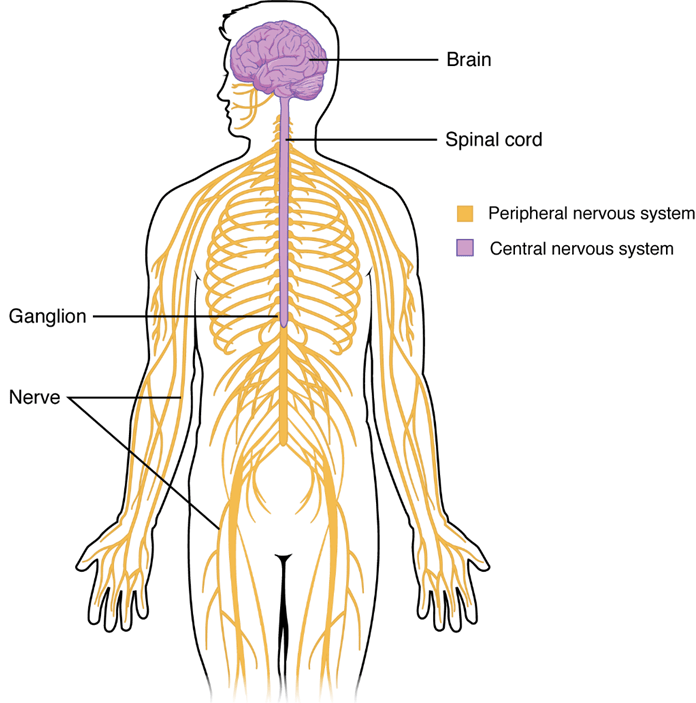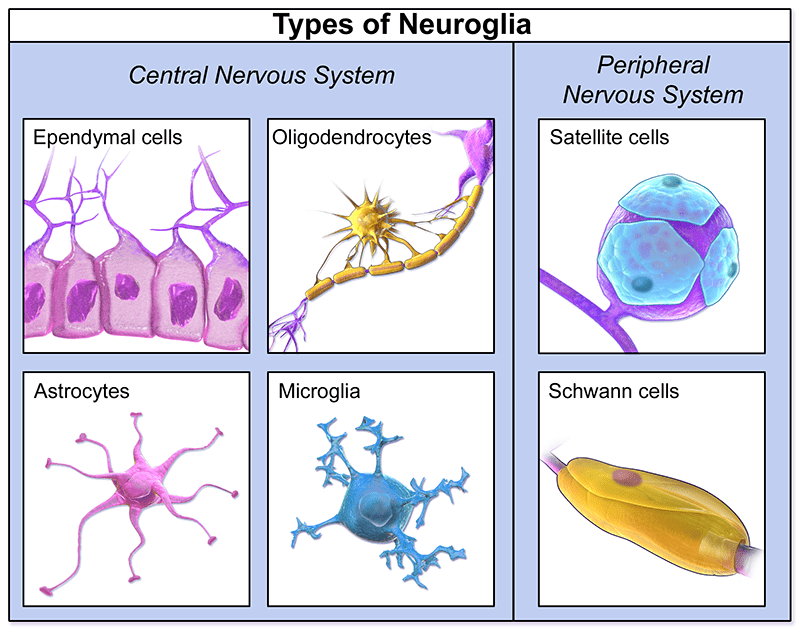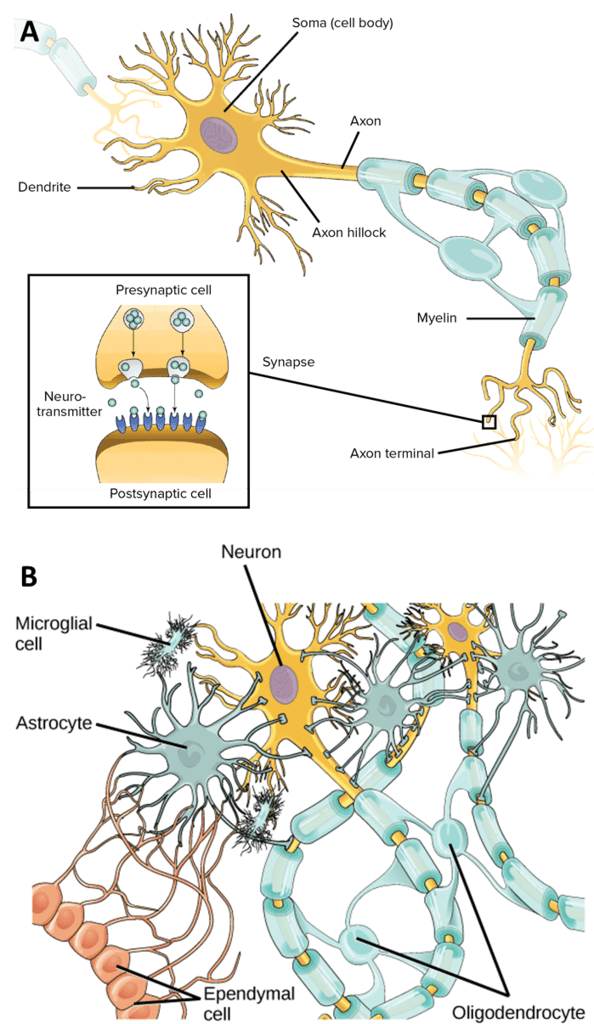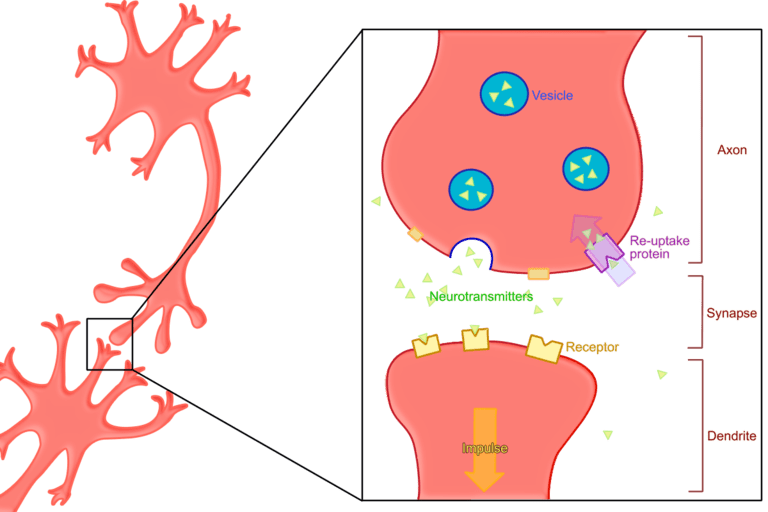What Is Neuroscience?
Introduction
Neuroscience is the study of the nervous system, and is one of the most interdisciplinary and rapidly‑advancing scientific fields, with branches in computer science, medicine, biology, and psychology. The areas of study within neuroscience are also broad, from more abstract concepts such as thought, emotion, and memory to the behavioral characteristics of all animals such as sleep, movement, socialization and also the breakdown of these systems during disease.
In this article, I will briefly cover the main points across neuroscience and the most common potential areas for study. As this area is so wide-reaching it is not possible to discuss all the possible facets of neuroscience, but please refer to the other application notes in the neuroscience learn section for more information on certain imaging applications.
The Nervous System
The nervous system is the most complex system in the known universe, containing the central nervous system (CNS), namely the brain and spinal cord , as well as the peripheral nervous system (PNS), which includes every other nerve in the body, such as those that reach to the end of your fingertips or into the digestive system, as seen in Fig.1. The nerves of the PNS carry information from all over the body to the CNS, where complex decisions, thought, emotion and memory all take place. If you are reading this now, it is only because of your nervous system.
nerve in the body (yellow). The PNS contains ganglions, these are junctions as nerves travel to and from the CNS. Image from
Oregon State University, structure and function of the nervous system.
This gives neuroscience a very wide range of areas to study, as the CNS and PNS can be broken down further into hierarchies of structure and function, including the nervous system existing in the gut (enteric nervous system (ENS)) and one responsible for the 'fight-or-flight' mechanism (autonomic nervous system (ANS)). A general aim of neuroscience is the study of neurons and neural circuits, including their fundamental properties, behavior and how this leads to certain characteristics seen in mammals.
It should be noted that nervous, nerves, nerve cells, neurons and neuronal all refer to the same thing, which is the neurons (nerve cells) of the nervous system (see Fig.3). If a cell is non-neuronal, it is typically referred to as glia (see Fig.2). The word neural refers to both neurons and glia, as opposed to neuronal, which is just neurons. This means that neuroscience is not just the study of nerves, but also glia and other systems that act as structural and functional support for the nervous system.
In order to give some context, a generic 1.5 kg human brain contains approx. 90 billion neurons and 90 billion glia. Glia is the term for any non-neuronal cell, and includes astrocytes, oligodendrocytes, microglia, and ependyma. Glial cells are shown in Fig.2, and neurons are shown in Fig.3.
throughout the CNS. Oligodendrocytes wrap neurons in a protective fatty substance called myelin, giving neurons a myelin sheath like the insulation
around a wire. Astrocytes have many complex structural and functional roles, including: interacting with blood vessels in the CNS, modifying neuronal
synapses, and communicating with neurons and each other. Microglia are the immune cells of the brain, acting to remove toxins or clear dead cells.
Schwann cells act in a similar way to oligodendrocytes, but in the PNS. Satellite cells surround neurons in certain PNS ganglia and help
regulate the environment. Image from Differencebetween: glial cells and neurons.
Each neuron can connect to other neurons and astrocytes via synapses (where two neurons/astrocytes come close enough to exchange ions). Each neuron makes an average of 7000 synapses with other neurons, resulting in approx. 100 trillion connections in the adult human brain. This staggering level of complexity means that neuroscience is a challenging field, and often the brain is studied in a simplified manner or in animals with less developed nervous systems, such as the fruit fly or nematode worm.
These dendrites are used to form synapses and communicate with other neurons, they are branched many times in order to contact as many
neurons as possible. Each neuron also features an axon, a much larger process (similar to a wire) which grows many times longer than the
neuron cell body, and then synapses with other neurons at the terminal. This axon is usually given a myelin sheath by oligodendrocytes,
which helps signal transmission. B) How neurons fit in with glial cells in the CNS. Oligodendrocytes sheath neurons, astrocytes support
the environment and help synapse formation, while microglia remove toxins and ependymal cells wash with CSF. Image adapted
from OpenTextBC: Neurons and Glial cells.
Neuronal Signaling and Electrophysiology
Neurons receive most of the focus out of all the brain cells when it comes to neuroscience, as they were long considered to be the only functional, signaling cells in the brain. Neurons communicate with other neurons via synapses, the two cells never coming into contact with each other (as seen in Fig.4).
and the dendrites of neuron 2 is shown in the insert. Points of interest in the synapse: neurotransmitters are stored in vesicles until their
release across the synaptic cleft, neurotransmitters in the synaptic cleft can be retrieved using re-uptake proteins.
Image from Wikimedia Commons: Reuptake both.
These communications come in the form of action potentials, an electrochemical excitation that travels along the membrane of a neuron. Once the action potential travels to a synapse, it causes depolarization of the membrane, opening certain voltage-gated ion channels. These ions cause chemicals known as neurotransmitters that are stored in vesicles the neuron (Fig.4) to flow across the synapse and bind to receptors on the next neuron, typically causing an action potential in that neuron. This is how information can flow from neuron to neuron, as a flow of membrane charge (electric) and charged ions (chemical). Commonly these ions can be sodium (Na+), potassium (K+), calcium (Ca2+) and/or chlorine (Cl–).
The electrical component of this electrochemical signal one of the focus points of electrophysiology, for more information on this field, see our separate application note on electrophysiology.
The common neurotransmitters are acetylcholine (muscle communication, attention, arousal), dopamine (reward, mood, voluntary motor movement), serotonin (emotion, sleep), glutamate (promotes action potentials [excitatory] and learning), and gamma-aminobutyric acid (GABA) (inhibits action potentials [inhibitory]). It should be noted that certain hormones interact with the nervous system, namely adrenaline, noradrenaline, and melatonin.
Divisions Of Neuroscience
As neuroscience is such a large field, it is typically subdivided into subfields in order to make collaboration and categorization easier. These subfields are:
- Molecular neuroscience (including cellular neuroscience and neurobiology)
- Cognitive neuroscience (including computational neuroscience and neuropsychology)
- Behavioral neuroscience (including learning/behavior and behavioral genetics)
- Medical neuroscience (including neuropathology and neuroimmunology)
However this list is not exhaustive, there is also developmental neuroscience, neuroengineering, cultural neuroscience and many more. Neuroscience is a vast area and the many divisions and subdivisions are necessary to break it up into manageable pieces.
Due to the innate complexity and dense structure of the brain, studying a specific area of the brain is virtually impossible without damaging or influencing other areas of the brain and therefore changing its state. A thorough study of human and animal brains is sometimes only possible after death and dissection but due to a large number of physiological changes in the brain after death, data from a dead brain cannot be compared to a live brain and is quite limited. A better approach to take in order to understand the brain is the 'bottom-up' approach where brain cells are grown into complex systems, rather than the 'top-down' approach where study starts with a complex behaving animal.
Summary
As neuroscience is such a complex field, it can involve virtually any format of experiment, from standard cell biology imaging with fluorescence to live behavior analysis of mice with advanced imaging or animal husbandry techniques.
Further Reading
Back To Neuroscience and Electrophysiology
Join Knowledge and Learning Hub